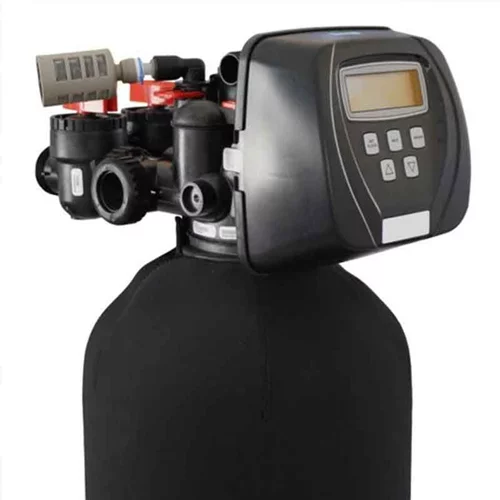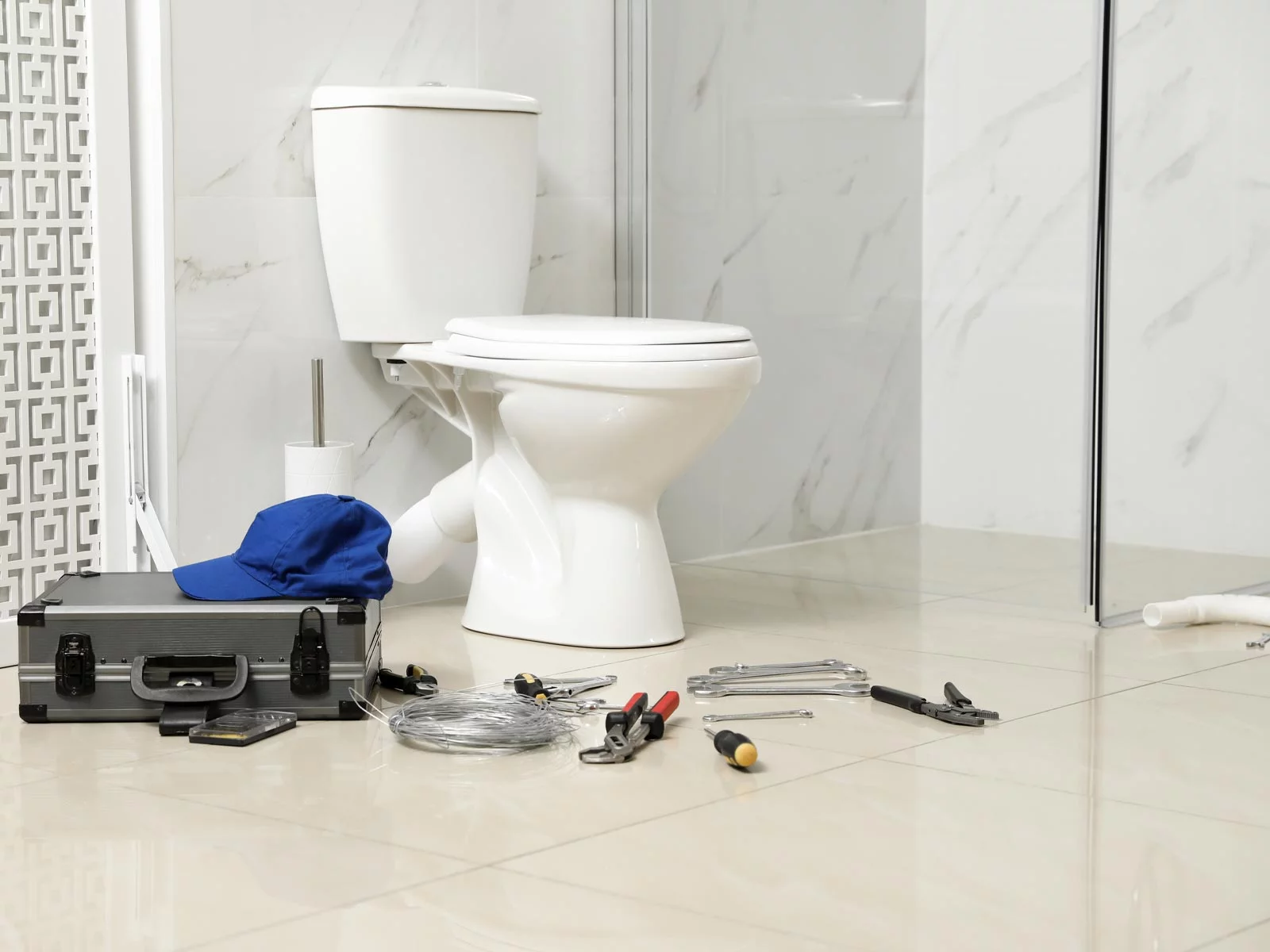Toilet Repair Tips- Caulking
Let’s face it- toilets can get nasty. There’s really no way around it. The caulking that seals your toilet to the floor can get nasty as well, so today we’re going to talk about a way to remedy that.
- First you’ve got to remove the old caulk. A flat head screwdriver is a great way to do it.
- Once all the old caulk is gone, clean the area really well.
- Let the area dry out really, really well. If its not completely dry before you re-caulk, you’ll just be inviting mold to grow back quickly.
- Using an adhesive bath caulk, re-caulk the toilet to the floor in sections. Smooth out each section with your finger as you go.
- Once you’re completely done, clean up any areas that need it with a wet sponge. Make sure to rinse your sponge so you don’t spread wet caulk around.
- Try to let the area dry for at least two hours and try not to get it wet for 36 hours.
In 6 easy steps you’ve got yourself a brand new looking toilet!




 Toilets should always be caulked to the floor in order to prevent any movement of the toilet. When a toilet moves, the wax seal could get broken and water can collect under the toilet and rot the floor. Oftentimes, homeowners will set a toilet and then caulk around the outside edge. This method generally isn’t strong enough to hold and it also leaves a large, visible line of caulk. Read on to find out the best way to caulk a toilet!
Toilets should always be caulked to the floor in order to prevent any movement of the toilet. When a toilet moves, the wax seal could get broken and water can collect under the toilet and rot the floor. Oftentimes, homeowners will set a toilet and then caulk around the outside edge. This method generally isn’t strong enough to hold and it also leaves a large, visible line of caulk. Read on to find out the best way to caulk a toilet!